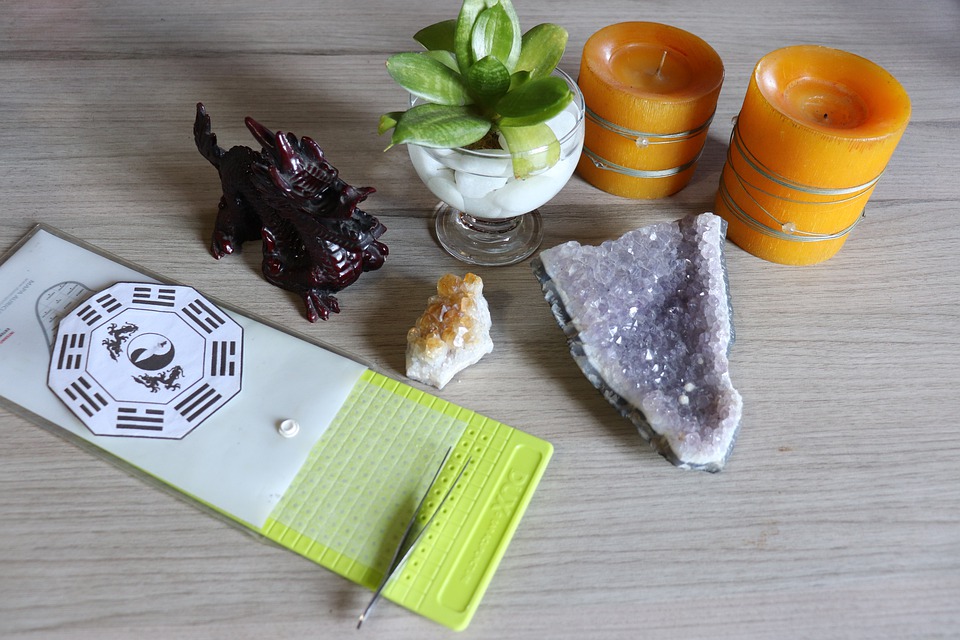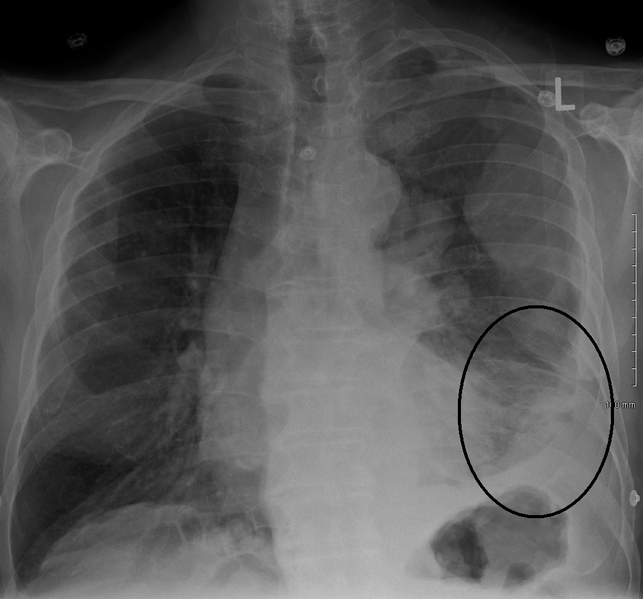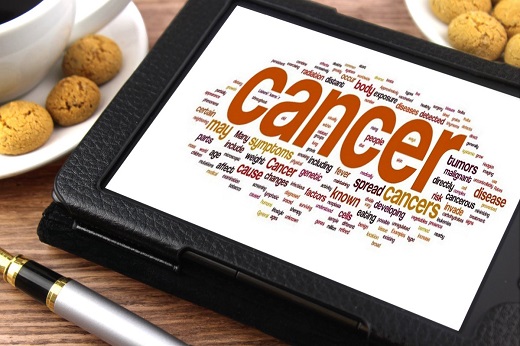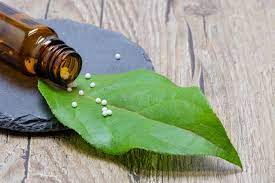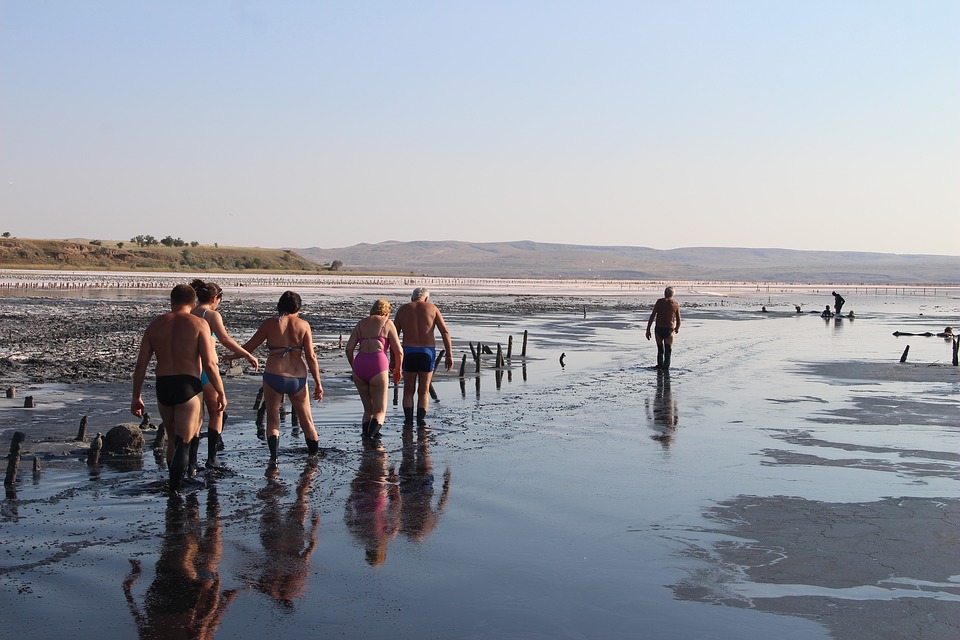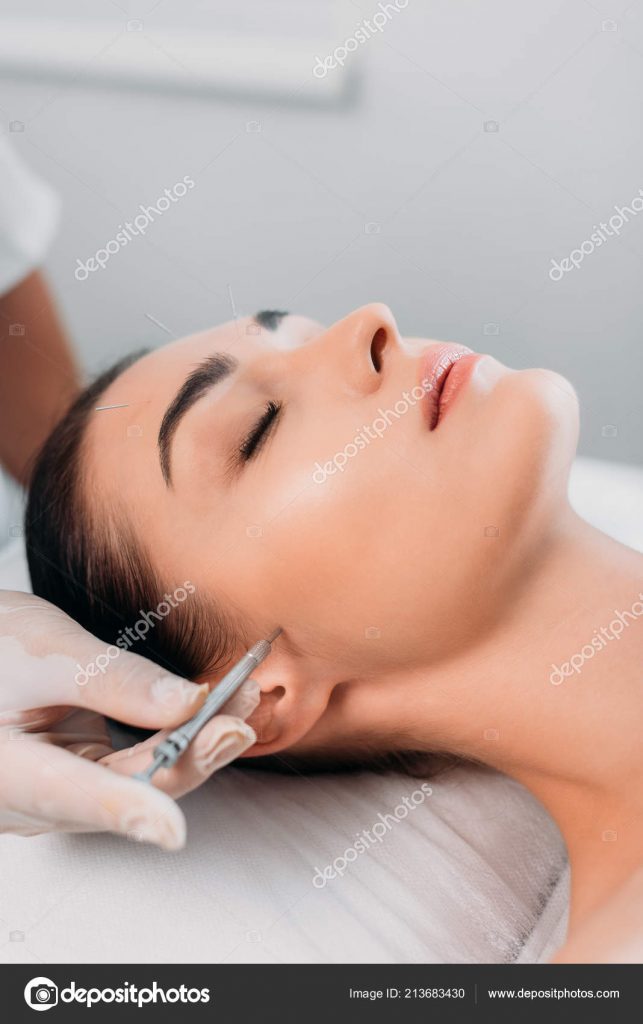Introduction:
Many people with cancer are interested in trying anything that may help them, including complementary and alternative cancer treatments. If cancer makes you feel as if you have little control over your health, alternative cancer treatments may offer some feeling of control. But many alternative cancer treatments are unproved and some may even be dangerous. However, in recent times there has been a concerted effort to research alternate therapies and there are many promising options for cancer sufferers.
A list of Homeopathic remedies those are useful in cancer:
Carbo Animalis
Cancer of the breast with burning, drawing pains through chest. Cancer of the uterus, glands of stony hardness. Buboes
Carcinosinum:
Suicidal tendency and cancer diathesis. Anaemia acute pernicious, thirstless, wasting.
Castoreum:
Hysterical individual; antisycotic, cured pedunculated vegetation around the anus, few drops of the blood escape from the uterus with sort of uterine tenesmus.
Chelidonium
Bruised, aching pain at the interior angel of the right scapula. The dirty yellow complexion produced by chelidonium with other signs of cachexia, strongly suggest cancer
Conium Maculatum
Cancer with glandular enlargement and diminution of the senses. Dizziness is aggravated by moving the head sideways and when lying down.
Sabadilla
Sore throat with a sensation of lump in the throat and a constant necessity to swallow.
Samucus Nigra
Edema, especially of legs, instep, and feet. Obstruction of nose.
Scirrhinum
A tremendous sinking at navel. Dr Burnett used scirrhinum in breast tumor
Secale Cornutum
Haematuria, bloody urine, aluminous urine, thick black blood.
There are more than 200 Homeopathic Remedies from Plants or Vegetable Kingdom, Mineral and Animal Kingdom, that are useful in treating Cancer, here are some of them :-
1. Ammomia Carb 2. Astacus Fluviatilis 3. Anacardium Orientale 4. Antracinum 5. Cinnamomum 6. Cistuc Can 7. Calc Iod. 8. Cubeba 9. Copaiva 10. Camphor 11. Cina 12. Gastein 13. Grindelia 14. Hedera Helix 15. Heloderma 16. Jaborandi 17. Juglan Regia 18. Lacerta 19. Murex 20. Myristica Seb. 21. Myrica Ceri 22. Nat. Ars.23. Nux Moschata 24. Physostigma 25. Raphagus 26. Ruta 27. Sinapis 28. Scrohularia 29. Teurinum 30. Terebinthina 31. Urea 32. Verat. Alb. 33. Vinca Minor.
Ayurvedic drugs with Anti-cancer properties:
1. Ashwagandha (Latin: withania somnifera) – The roots of ashwagandha are used as a medicine. Ashwagandha is bitter, sweet, astringent, light and unctuous. It stimulates digestive power and promotes expulsion of gases, increases quantity of urine, reduces swelling, pain and congestion of uterus. It is useful in cough, asthma, wrinkling of skin and pain in legs, back and waist. It is a tonic for muscles and generative organs and increases the quantity of semen. Withaferrin is the active ingredient in the roots of ashwagandha. If its paste is applied on the surface, the tumor stops growing, it protects bones from the side effects of chemotherapy and radiation therapy.
Dose: Ashwagandha powder is taken in dose of 3 to 6 grams per day. Ashwagandharistha is taken as 20 ml. It is contraindicated in persons with pitta constitution.
2. Anantamoola (Latin: sariva hemidesmus indicus) – The root is used as medicine. It is sweet, unctuous, heavy, cold and fragrant, and subdues all the 3 doshas. To introduce doshas, there are five fundamental elements that make up the universe–space (akasha), air (vayu), fire (Agni), water (apu) and earth (prithvi) and as per the Human view there are three doshas Vata, Pitta and Kapha and each of them use a combination of two of the above elements. Vata dosha combines space and air, Pitta dosha is made up of fire and water and Kapha dosha is a combination of water and earth.
Anantamoola purifies blood and increases the quantity of urine and sweat. It is a tonic and increases the quantity of semen. It is useful in fever, skin diseases, itching, burning, edema and bleeding tendency. It contains active ingredients which have anticancer properties to some extent and is particularly useful to reduce the side effects of chemotherapy and radiation therapy.
Dose: Anantamool powder 3 to 6 grams.
3. Amalaka (Latin: emblica officinale) – Amalaka is the best tonic i.e. rasayana nad subdues all the three doshas. It is a good tonic for all the tissues and all the age groups. Amalaka and pomegranate though sour subdue pitta. It is useful in bleeding disorders, prameha (Diabetes), haematuria (appearance of blood in the urine), burning sensation, fever and jaundice. Amalaka contains tannin, terbechin, korilagin and elagic acid. Elacid acid is an antioxidant and controls free radicals. It is useful to reduce the side effects of chemotherapy and radiation therapy.
Dose of amalaka powder is 3 to 6 gms per day or 10 to 20 ml juice twice a day.
4. Hareetaki (Latin: termialia chebula) – Hareetaki subdues vata because of sweet and sour tastes. It subdues pitta because of sweet and astringent tastes. It subdues kapha because of pungent and bitter tastes. The qualities and actions of amalka and hareetaki are similar. Amalaka is cold while hareetaki is hot. It is useful in cough, asthma, heart disease, prameha, edema and obesity. It promotes intellect and is good for eyes. It contains tannin and terbechin. It reduces the free radicals and it’s a great antioxidant. It is also useful in reducing the side affects of chemotherapy and radiation therapy.
Dose is 3 to 6 gms powder per day.
5. Bibheetaka (latin: terminalia bellerica) – Its fruits are used and it is astringent, dry, light, hot and acts as an eye tonic. It is useful in cold, cough, asthma, hoarseness of voice and blood in sputum. It contains gallic acid, elgic acid, chebulic acid and cystosteral which decreases the free radicals and acts as antioxidants. It is useful in reducing the side effects of chemotherapy and radiation therapy.
Dose is 3 to 6 gms per day.
6. Triphala – it is a mixture of powders of amalaka, karretaki and bibheetaka. All these protect the patient from free radicals. It acts as a tonic and postpones ageing and slows the growth of cancer.
Dose is 2.5 to 3 gms per day.
7. Kumara (Latin: korphad-aloe vera) – Its leaves are thick and contains sticky thick white colored juice. It is sweet, heavy, unctuous, sticky, cold, and subdues kapha and pitta. It is useful in cough, asthma, enlargement of liver and spleen, enlarged lymph glands, urinary disorders and bleeding disorders. It has 23 polypeptides of this emodin and lectve have anti-cancer properties. Kumara increases the number of T – lymphocytes and the number of cytokines in lymphocytes. It is useful in all cancers except cancer of brain and pancreas. It reduces the size of tumors which could not be done without operation otherwise.
Dose is 10 to 20 ml of juice of leaves per day.
8. Kutaki, katuka (Latin: picrorrhiza kurroa) – The roots of kutaki are used as medicine. It is bitter, dry, light, cold and subdues pitta and kapha. In small doses it stimulates liver function and is choleritic. In large doses it acts as purgative. It is useful for jaundice and cancer of skin and liver.
Dose is ½ to 1 ½ gm per day.
9. Kakamachi (Latin: solanum nieurum) – Its leaves, fruits, roots, flowers and bask i.e., the entire plant is used as medicine. It is bitter, light, and unctuous which tones the voice. The glycosides in kakamachi inhibit the growth of cancer of uterus. It is worth trying for the cancer of larynx. If taken in excess it produces vomiting, diarrhea, pain in abdomen and headache. Medicines and diet which subdues pitta are helpful.
Dose: of its juice is 10 to 20 ml. per day.
10. Ghaneri – narakya amrutya – It contains quinolone alkaloids, camplothocin which are known to have anticancer properties.
11. Guduchi (Latin: tinospora cordifolia) – It is a parasite which grows on trees of mango or kadu nimbi (Neem/Azadirachta indica). The steam of guduchi is used as medicine. It is bitter, astringent, pungent, hot, and stimulates digestive power. It subdues all the three doshas and acts as a tonic. It is useful in jaundice, disease of liver and spleen, diabetes, burning and fever. It prevents neutropenia which is a side effect of cancer therapy with cyclophosphamide. It improves the function of G.M.C.S.F. it reduces the side effects of chemotherapy and radiation therapy.
Dose: 3 to 6 gms of powder per day. Guduchi satva is taken as 1 to 2 gms of powder per day. While its decoction is taken in dose of 50 to 100 ml per day.
12. Chitrak (Latin: plumbago zevalnica) – The skin of roots of chitrak is used as medicine. It is pungent, light, hot, penetrating, and dry and increases appetite and digestive power. It is useful in curbing of enlargement of liver and spleen and piles. Plumbagin is the active principle of chitrak and is useful in lymphocytic leukemia.
Its dose is 1 to 30 gms of powder (of its skin of roots) per day. If given in larger doses, it gives rise to burning in stomach and burning micturation. It may cause abortion if given to pregnant woman.
13. Tagara (latin: valeriana wallichii DC) – Again this herb also has been reported to have anticancer properties.
14. Bala (Latin: sida cordifolia linn) – The roots, leaves and seeds of bala are used as medicine. It is sweet, light, unctuous, and cold and is a tonic for hair and generative organs. It is useful in thin, lean and weak people and for weakness in cancer. An anticancer ingredient is found in bala.
Dose is 3 to 6 gms of powder per day or 10 to 20 ml of juice per day.
15. Tulsi (Latin: holy basil ocimum sanctum) – The leaves, roots and seeds of holy basil are used as medicine. It is pungent, bitter, light, dry, hot deodorant and a heart stimulant. It is useful in cold, cough, fever, asthma, vomiting and backache. The seeds of tulsi increase the quantity of urine and decrease the burning sensation. The leaves of tulsi contain ozone. If in spite of adequate supply of glucose, the supply of oxygen is less, the normal cells get converted into carcinogeni cells. It is useful in cancer because of ozone. It is likely to be useful in cancer of lungs.
Its dose is 3 to 6 gms of seeds or 10 to 20 ml of its fresh juice.
16. Bhallataka – marking nut (Latin: semicarpus anacardium) – The marking nut tree is 20 to 40 feet tall. Its fruits are used as medicine. Bhallataka is pungent, bitter, light, unctuous, and hot. It subdues kapha and vata and increases pitta. “kaphajow na cha rogostiya yum na bhallatakum jayatey’’ which denotes that there is no disease caused by kapha which is not cured by bhallataka. As cancer is a disease when kapha dosha is dominant, bhallataka should be tried in all varieties of cancer. It should not be given to patients in whom symptoms of pitta like fever, burning sensation, bleeding are present. It should not be given to pregnant women and individuals with pitta constitution. It is useful in curbing of enlargement of liver and spleen, enlargement of glands and hemi paralysis. Marking nut should be held with forceps on a flame of a candle. As it melts, oil starts dribbling. The oil drops should be allowed to fall in a cup of milk 5 to 10 drops of the oil should be stirred in the cup of milk and the milk should be drunk daily.
Its dose is 5 to 10 drops of its oil with milk per day. In powder form it is taken as 1 to 10 gms after boiling it with milk. Remember that marking nut is notorious as it causes irritation and allergic reactions. And these are very common. So, one should use it with care and under guidance of an experienced ayurved-acharya. This medicine should be treated with butter, ghee and coconut applied locally and taken internally to reduce its side effects and increase the potency.
17. Bhoomyamalaki (Latin: phyllanthus amorus) – The entire plant is used as medicine. It is bitter astringent, dry, light and cold. It is useful in jaundice, bleeding disorder, skin diseases, burning sensation in body, urinary disorders, enlargement of liver and spleen and disease of uterus. It is useful in cancer of skin and liver. Its dose is 3 to 6 gms in powder form or can be taken as juice form in dose of 10 to 20 ml per day.
18. Shatavari (Latin: asparagus racemosa) – The tubers of medicine is used. Shatavari is sweet, bitter, heavy, unctuous and cold. It promotes growth of fetus. It is a tonic for breast and female generative organs. It is given to mothers to increase the milk supply. It reduces the side effects of chemotherapy and radiation therapy.
Its dose is 5 to 10 gms per day or juice can be taken in 10 to 20 ml dose per day.
19. Garlic – Its cloves are used as medicine. It is pungent, bitter, salty, and sweet in taste. It is hot, penetrating, unctuous, and sticky, it increases pitta. It promotes intellect and increases quality of semen. It acts as a tonic for bones and breasts. It is useful in cold, cough, asthma, rheumatism, heart diseases, hyperlipedemia and in all sorts of diseases caused by vata dosha. It also helps in diseases predominant in pitta dosha like stomatitis, fever and diarrhea. Preferably should be consumed in winter and spring. It should not be taken in summer and sharad ritu (post monsoon season). It is useful in cancer of esophagus, stomach and lungs.
It is taken as powder form in dose of 3 to 6 gms per day with ghee or 2 drops of its oil per day with ghee (clarified butter).
20. Shilajit – It is bitter, pungent and rasayana. It is useful in edema, anemia, breathlessness, prameha, curbing of enlargement of liver, spleen, glands and prostate. It is useful in obesity, piles, urinary stone, obesity and rheumatism.
Its dose is 250 mg to 1 gm per day.
21. Guggul – It is a gum collected from the barks or trunks of the tree. It burns the skin as it is an irritant to the skin. It gets melted in heat and gives white color to solution when dissolved in water. It is light, dry, minute, fragrant, unctuous, sticky, bitter, pungent and hot. It increases red and white blood cells and subdues all the three doshas. It is useful in rheumatism, curbing enlarged lymph glands, skin diseases, prameha, obesity, edema, piles, and urinary stone. As gugggul is hot, one should avoid eating pungent and sour food items, alcoholic drinks, sex, and exercise, sitting in sun, and getting angry.
Herbal remedies in cancer:
We will describe some of the most important herbs useful for immunity.
Garlic
Garlic is a natural antibiotic that stimulates the immune system and increases the effectiveness of white blood cells and T cells. It blocks toxin production by germs. It also possesses broad-spectrum bacteriostatic and bactericidal properties. Garlic is a key to achieving optimal immunity.
Echinacea
Echinacea is one of the best-known immune- enhancing herbs.
It is effective against a wide range of microbes, including many viruses, bacteria, and fungi.
Chinese Ginseng (Panax ginseng)
Herbalists say that ginseng affects the immune control centers of the central nervous system, directly and indirectly through adrenocortical hormones, toning, increasing output, or simply restoring equilibrium.
Astragalus (Astragalus membranaceous)
Astragalus increases the production of interferon, an immune factor that inhibits viral growth. One study demonstrated that chronic bronchitis patients experience significant reduction in symptoms when using astragalus.
Licorice Root (Glycyrrhiza glabra)
According to herbalists, licorice is one of the two or three most important herbs in the world. To the Chinese, there is no other herb that acts on such a grand scale except, perhaps, ginseng. Licorice root is found in more medicinal combinations in Chinese Medicine than any other herb including ginseng.
Wild Indigo (Baptisia tinctoria)
Wild indigo has been used for centuries as a natural antibiotic against infections. Wild indigo has an antibiotic effect on a wide range of microbes. It kills the microbe by preventing it from multiplying in the body. Wild indigo also has an immune-enhancing effect. It is also a strong decongestant.
Conclusion:
Approximately one-third of adults in the United States use complementary and alternative medicine (CAM) yet less than 40 percent disclose such use to their physician and other health care providers. Women are more likely than men to use CAM therapies… Some forms of CAM are being incorporated into services provided by hospitals; covered by health maintenance organizations; delivered in conventional medical practitioners’ offices; and taught in medical, nursing, and other health professions schools. Insurance coverage of CAM therapies is increasing and integrative medicine centers and clinics are being established.

